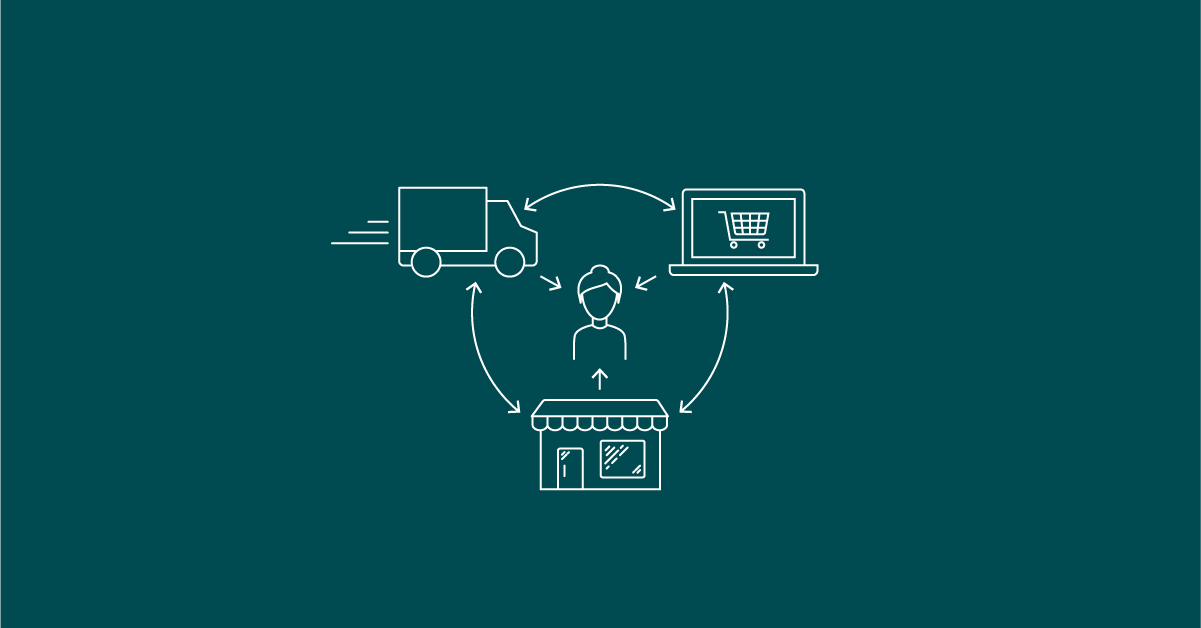The retail space is an ever-changing market with new concepts and shopping experiences being introduced regularly. The link between the cloud and the retail sector is one that is getting bigger and advancing more as the future of retail evolves, writes Reshal Seetahal, the Head of Alibaba Cloud Business Unit:
It is redundant to speak of “new” when we refer to the retail space these days. There are concepts of new retail and its new shop fronts, new payment systems, new marketing, and new browsing of online shop shelves as a bright new future.
It is not new. The future of retail is the now: the blending, engagement and convergence of the online and in-store retail spaces into an entity so seamless we may forget how we did things before.
It is the familiar blended with innovation, the boundary between both offline and online merged into each a singular and yet, dynamic, evolving ecosphere to cater for consumers who are more tech-savvy and aware of their choices. This is retail finally becoming a true technology enterprise. This was a change a long time coming. How retailers are able to use those lessons in creating a seamless, blended shopping experience will define their futures.
How does this benefit the consumer?
You buy a pair of shoes online, but they do not fit properly, and you don’t want to go through the hassle of packing them up and sending them back to the warehouse, hoping the next size they send back will fit. So you take the shoes to the retailer’s physical shop, where you can try on sizes and leave with your purchase immediately. How do you know what stores have your sizes? How do the retailers know which of their stores have what sizes and what styles?
Some consumers prefer in-store shopping for a number of reasons – tradition, comfort, choice, human interaction, and immediacy of purchase, are a few of the more obvious ones.
The common theme between online and in-store is the shopping and buying experience and ensuring that it is conducive to ensuring sales. Consumers are more aware and more demanding of the levels across various channels.
As a McKinsey report predicted on change in retail,
“the power has shifted from the retailer to the consumer. Consumers are influencing product trends through reviews and social media, doing extensive product research online, and expecting a seamless omnichannel experience across all touchpoints.”
Taking the power of big data and the Cloud allows retailers to create new dynamics across the retail chain between consumers, suppliers and retailers, dealing with supply chain logistics, adding value in services across the supply chain and building an integrated shopping experience for the man on the street.
The big advantage traditional retailers have over e-commerce start-ups is their store network, which the online section of the business can leverage to not only fulfil the order of the consumers faster, but to also save on delivery costs.
By moving from spreadsheets to advanced analytics-based merchandising, which is reliant on the use of big data, retailers will have a real-time knowledge of stock and availability. Through empowering big data analytics, the Cloud unlocks tools that create systems that analyse sales, monitor inventory, handle restocking and digital payments.
This not only cuts costs and increases sales through predicted sales, but enables a seamless restocking process by predicting demand.
The Cloud allows retailers to migrate their existing systems to the Cloud and to add enhanced and expanded capabilities to them.
It takes the retailer’s database, many of them built up over years, safely into a new space without the need to change processes that are essential to the business. With that core data, the Cloud enables innovation, integration, agility, flexibility, stability and, perhaps most importantly, speed.
As Forbes reported last year, “leveraging the power of the Cloud proves the only path toward achieving a truly blended experience, which provides globally available capabilities for large, heavy dataflows, elegant workflow support, full edge access and easy load balancing. Effective artificial intelligence (AI) and machine learning (ML)-based analytics that are most valuable in real/near-real time depend on cloud services’ speed and power.”
Delivering a bespoke, consistent, excellent, speedy customer experience that uses the power and immediacy of digital to consumers means retailers becoming more data driven, yes, but also more sustainable and innovative.





